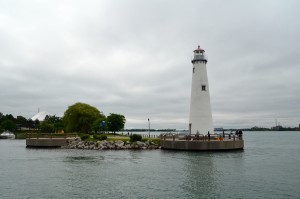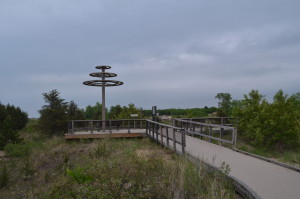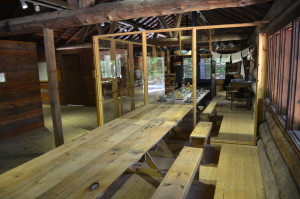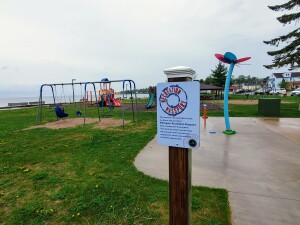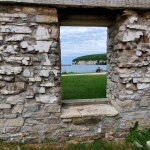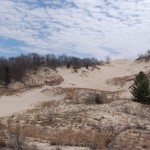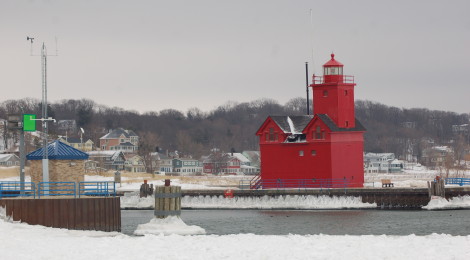
Even With 2020 Increase, Michigan Recreation Passport Still An Incredible Value
On January 15, the Michigan Department of Natural Resources announced that the Michigan Recreation Passport will increase from $11 to $12 in 2020 (beginning March 1). This increase was met with an expected amount of negative feedback, as any fee increase usually is. We’ve been fans of the recreation passport since it was launched in 2010, and despite the small increase still feel it presents one of the best values in the Midwest. In this post we will look at how the recreation passport works, its history, park improvements it has made possible, additional projects it has been able to fund through grants, and a comparison with the park pass fees and number of parks that other Midwest states have.
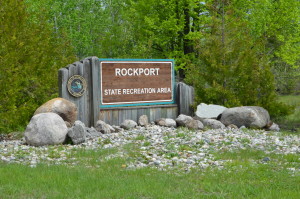
The recreation passport was first introduced in 2010, taking the place of the state park stickers that residents had needed to purchase and display in years prior. When renewing a drivers license and vehicle plate each year through the Secretary of State Michigan residents are able to check a box adding the recreation passport fee to their renewal, which then places a “P” on both their registration and plate tab. This pass is “required for vehicle entry into state parks and recreation areas, state boat launches, state forest campgrounds and state trail parking lots.” From 2010 to 2013 the passport cost was $10; it was raised to $11 from 2013 to 2019. The 2020 increase to $12 is allowed under a provision in the law that allows the price to be adjusted to keep pace with inflation. Michigan state parks are largely self-sufficient and have not received general fund tax dollars since 2004. For a further point of reference, the $12 fee is only half of the $24 that a vehicle sticker cost in the year before the recreation passport program was put into place.
The Michigan recreation passport has been able to fund many projects within our state parks, while also providing money for local park and trail improvements through a grant program. In 2019, park improvements took place at Baraga State Park (upgrades to electrical, water, sewer in north campground), Lakeport State Park (new bathroom in south campground), F.J. McLain State Park (new bathroom; ongoing efforts to fight erosion on Lake Superior shoreline), Muskegon State Park (new bathroom in channel campground), Hoeft State Park (updates to modern campground, modern lodge, and sanitation station), Wilderness State Park (renovated West campground, 2020 will see East campground renovations), and more. Some of the grant money for 2019 went to Betsie Valley Trail reconstruction (Benzie County), the Imlay City splashpad (Lapeer County), Anna Howard Shaw Memorial Park improvements (Mecosta County), and more.
The $12 Michigan recreation passport provides entrance and access to more than 100 state parks and recreation areas, 140 state forest campgrounds, hundreds of boating access sites, historic sites, hundreds of miles of state trails, and more. For comparison, we looked at the cost of a yearly pass for other Midwest states and the number of state parks and other sites each state has. In Wisconsin, a yearly pass is $28 and they have 66 state park units. Minnesota has 75+ state parks and recreation areas and charges $35 for a yearly pass. Ohio (75 parks) and Illinois (300+ sites, $1 fee for beach entry) do not charge residents for entry to state sites. Indiana has 25 state parks and residents pay $50 for a yearly pass.
For an in-state comparison, a vehicle pass to Sleeping Bear Dunes National Lakeshore is $25 (valid for 7 days) or $45 (annual) – one visit to this park already costs twice as much as a Recreation Passport! With at least 20 days spent at Michigan state parks last year, our average cost per visit was less than 60 cents per visit – an incredible value for some of the best parks in the Midwest!

